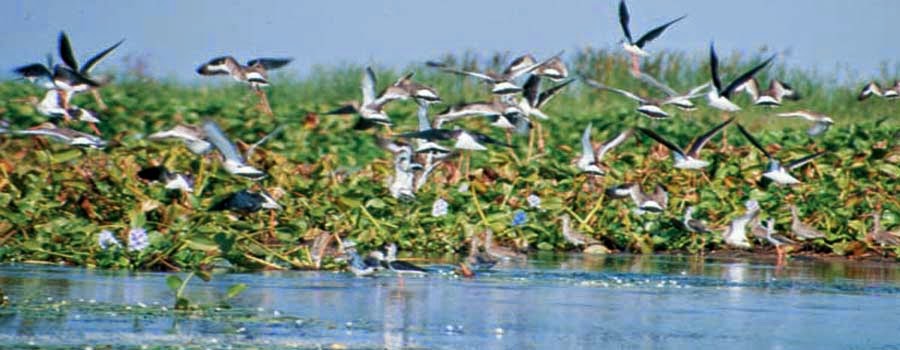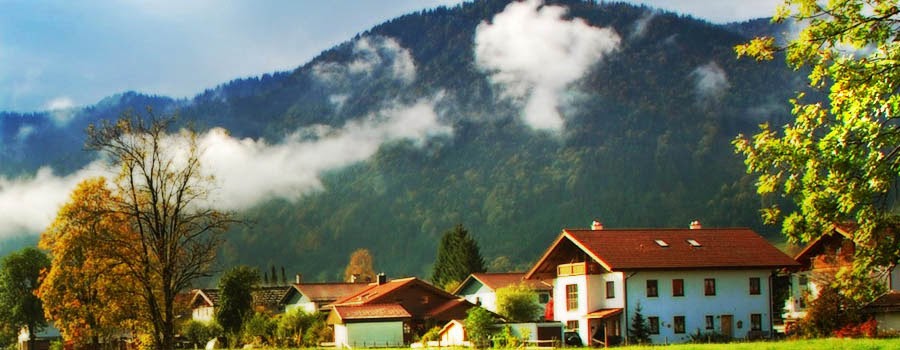BHUBANESWAR: The much-awaited boating facility will start in the 22-km long Mahanadi gorge in Mahanadi wildlife division of Satkosia Tiger Reserve from November 1.
The forest department has already readied an eight-seater boat and applied for its licence to the transport department.
Boating was not part of eco-tourism in Satkosia as a restriction had been imposed to maintain the serenity of the gorge, which is home to muggers and gharials. To increase tourist footfall, however, the authorities decided to introduce the facility in a one-km buffer area only.
"It will be a 45-minute ride and professional boatmen have been trained to handle boating within the demarcated area. Tourists can take the boat from Badmul, a fishermen village," said divisional forest officer (Mahanadi wildlife division) Anshu Pragyan Das. Life jackets for the tourists have been procured, she added.
"Fishermen, who used to earn their livelihood from fishing, will be provided employment in the boating facility. We will ask the Eco-development Committee (EDC), which has been formed to involve villagers to be a part of wildlife protection and reap the benefits to run the boating operation," Das added.
"Through the boating service, we will engage fishermen, who have been complaining of deprivation of earning after a ban on fishing. Many tourists, who come here hoping to go boating in the gorge, will finally be able to experience it," said field director of Satkosia Anup Nayak.
He added that they are yet to take decision whether to charge tourists separately for boating or include it in the package.
Shared by: Hotels in Bhubaneswar







